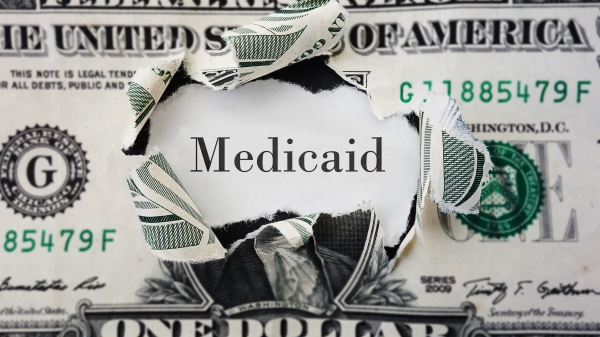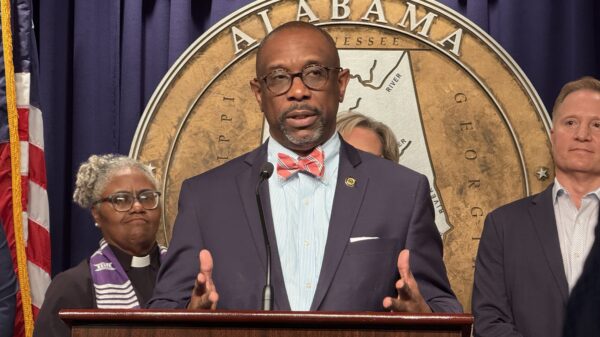By Chip Brownlee
Alabama Political Reporter
The Yellowhammer State has the second-highest rates of cardiovascular death and infant mortality, a new report ranking the 50 states on a number of health issues found.
Alabama has the third-highest rates of premature death and diabetes. It also comes in within the bottom-five for frequent physical distress, obesity and prevalence of infectious diseases like Chlamydia and Salmonella, according to the report.
The United Health Foundation, a not-for-profit established by UnitedHealth Group, recently ranked Alabama 47th out of 50 for overall health in its annual America’s Health Rankings report, which has been published since 1990.
The 50 states are ranked on 34 measures of health and well-being, both physical and mental.
Alabama dropped one spot from last year, down from 46th to 47th. The State finds itself far below the national average, in a bad way, on the vast majority of the measures within the report.
The State ranks 46th in health determinants, which covers behaviors (smoking, drinking, etc.), community and environment factors (pollution, poverty, etc.), policy (immunizations, public health funding and insurance rates) and clinical care factors.
The study found that Alabama has some of the highest prevalences of obesity, physical inactivity and smoking in terms of behavioral determinants.
The State also has some of the highest rates of preventable hospitalizations, low birthweight and one of the worst primary care physician-to-patient ratios in the country when it comes to policy and clinical factors.
On the positive side, the report noted Alabama’s high graduation rate (ranking 3rd out of 50) and its low rates of drug death and excessive drinking (ranking 18th and 4th, respectively).
But despite the few compliments within the report, it still found the bad outweighed the good in terms of health determinants, which correlates with Alabama’s terrible health outcome ranking of 49th out of 50.
Alabama ranked 49th in cardiovascular death, 43rd in cancer deaths, 48th in diabetes, 45th in frequent mental distress and 46th in frequent physical distress. The State ranked 49th for infant mortality (8.7 per 1,000 live births) and 48th for premature death, the report found.
The Foundation averages the Health Determinants ranking with the Health Outcomes ranking to determine the Overall Ranking.
The State’s drop from 46th to 47th in its overall ranking this year came from a couple of major factors: Drug-related deaths increased 12 percent, physical inactivity increased 16 percent and immunizations among children 19–35 months old decreased 8 percent.
Some positive highlights were found as well, though: Childhood poverty decreased from 25.2 percent to 22.3 percent, and HPV immunizations were up 151 percent among males from ages 13–17.
The report also found Alabama within the top ten in terms of public health funding, noting that Alabama spends, on average, about $106 on state and federal public health funding per person annually.
Only Mississippi, Louisiana and Arkansas have lower overall rankings than Alabama. Mississippi is ranked last.
Hawaii, Massachusetts and Connecticut earned the reports top spots as the top three healthiest states. Hawaii was ranked No. 1.




















































